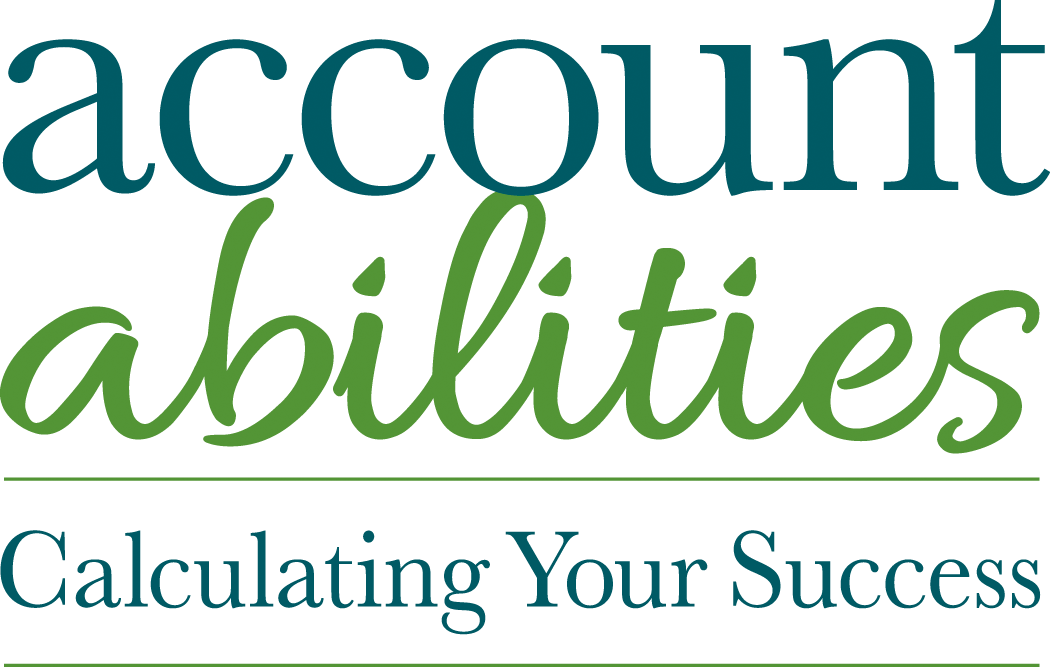No one likes to pay taxes. Most people don’t even want to talk about them. We get it. Taxes can feel overwhelming and lead to frustration. However, understanding how federal taxes work is essential to setting yourself up for success.
As a business owner, your taxes are handled a little differently than they have been in the past as an employee. You are now responsible for reporting your business income and expenses, as well as paying additional taxes on the income.
In order to understand your taxes, we need to begin with how you report your business income and expenses for tax purposes. How you report them to the IRS depends on what type of business entity you are operating as. Most people automatically assume they have to file two tax returns: business and individual. As you can see below, that is not always the case. See below for what type of business entity you are and how you report your business income and expenses.
- Sole Proprietors – file a Schedule C on an Individual Income Tax Return.
- LLC, single member – file a Schedule C on an Individual Income Tax Return.
- LLC, multi members – file a Partnership Tax Return (1065) and then will receive a K-1 from the business that will list out all necessary tax information.
- S-Corp – file a S- Corporate tax return (1120S) and then you will receive a K-1 from the business that will list out all necessary tax information.
Next, let’s break down the type of taxes you pay for Federal purposes as a business owner.
As a business owner you have Income Tax, Self-Employment Taxes and possibly Surtaxes.
Income Tax:
We all pay income tax on our earnings, which consists of our wages & compensation, investment income, retirement income, business income, etc. You get the point – the IRS wants a piece of all of the income you bring home. Income taxes range from 0% – 37%, depending on your taxable income.
Self – Employment (SE) Tax:
This is Social Security & Medicare tax, which is imposed on a business owner’s profit. If you have been employed in the past, you know that you pay Social Security & Medicare with every paycheck. Your employer withholds the correct amount and then submits it to the IRS each pay. What you may not know is that you pay half and your employer pays the other half, totaling 15%.
We find that this is the tax that business owners struggle most to understand, so let’s look at it differently.
As a business owner, you are acting as both the employee and employer and that is why you are responsible for the entire 15% and not just 7.5% like you were as an employee.
Please Note: If your business is formed as a corporation, you pay Social Security and Medicare differently and the SE Tax will not apply to you on your 1040.
Surtaxes:
We do not want to go into too much depth about surtaxes, because they do not apply to most new business owners. Your total household income needs to exceed $200,000 before the additional taxes will apply.
The most common surtaxes are: Net Investment Income Tax and Medicare Tax. If this may apply to you then please seek out a tax professional to help you.
You have just learned about the three taxes that make up your 1040, Individual Income Tax.
Now, let’s look at an example…
A house painter is set up as a sole proprietor, so he/she files a Schedule C on their 1040. They make a $50,000 profit. Their taxes will be:
Income Tax – $3800
SE Tax – $7000
Surtax – $0
Total – $10,800
This is a very simple example but we wanted you to see how fast the taxes add up. In this example, the painter pays more in SE Tax than they do in income taxes. This will not always be the case, the more money you make, the higher you move up on the tax bracket ladder and so your income tax will exceed the 15% SE Tax.
Paying Taxes
Now, how do you pay these taxes? When should I make estimated payments? How do you calculate the tax payments you should make?
If we go back to when you were an employee, your taxes were withheld through your paycheck and your employer paid these to the IRS. Now that you are a business owner, you will need to pay your taxes through estimated tax payments quarterly. You are required by the IRS to make these payments if you expect to owe more than $1000 for the year.
These taxes have some funky due dates, so pay attention below because they are not always after the quarter ends:
Estimated Taxes are due:
April 15 – covers January 1st – March 31st
June 15 – covers April 1st – May 31st
Sep 15 – covers June 1st – August 31st
Jan 15 – covers September 1st – December 31st
How do you calculate your estimated taxes?
This can be tough and we strongly suggest you reach out to a professional for help with the calculation. If you are going to attempt the calculation yourself, here is a simple guide…
There are 3 pieces to this calculation:
1. Take your income minus your expenses to get your profit.
2. Calculate your Income Tax
a. Add up all of your taxable income in your household, including your profit.
b. Subtract the Standard Deduction for your filing status.
c. Now find your tax bracket and calculate your tax. Nerdwallet has a great chart to use by clicking this link. Federal Income Tax Brackets
3. Take only your business profit, multiply by .9235 and then multiply that number by 15% to get your portion of SE Tax.
4. Add both your Income Tax and SE Tax to get your total owed.
Now, there are two ways you can calculate this.
You can either guesstimate your business income for the year and then divide by 4 or you can calculate the amount based off of your income for the period it spans. For example: 1st quarter payment, would be January – March 31st. The quarterly way can help with cash flow, but also can be more challenging to get calculated. A good strategy is to guesstimate your income for the year and divide by 4 to get your quarterly amount. Take a look each quarter to make sure you do not need to make any adjustments for your next estimated payment.
We are happy that you are paying estimated taxes and giving this a try, but remember that tax professionals do this for a living and can really help with filing your business taxes. A professional will be able to make sure your return is accurately filed.
For the Do-It-Yourselfers of the world, yes you can use software to walk you through the steps, but keep in mind your return will only be as good as the information you give the software. If you do not understand the question, how can you make certain the software will prepare your taxes correctly? Please note that if you have a corporate or partnership return, you will need a professional to prepare and file the tax return.


